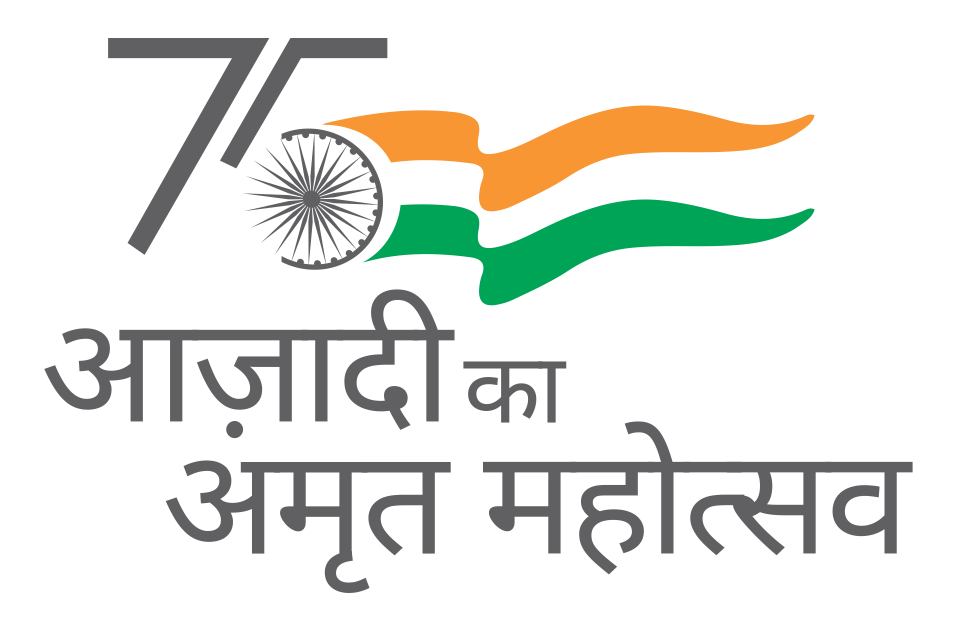- Home
- Department of Urban Development, Government of NCT of Delhi; Municipal Corporation of Delhi
Multi-Level Car Parking on Public-Private Partnership Basis
Name of Organization
Address
Nodal Officer
Designation
Single City/District
With exponential growth of Delhi’s economy, its population has also witnessed meteoric rise. As standard of living has improved, the numbers of vehicles (private vehicles, taxis etc) have also increased, causing the need for large number of parking spaces for vehicles. As such, lack of availability of parking spaces has become a persistent problem. As of January 2022, Delhi had 13.4 million registered vehicles whereas public parking space is available for only 50,000 cars. Consequently, private vehicles are parked on the roadside or in unauthorized areas, often jostling for space in busy markets and commercial hubs.
On the other hand, the MCD has a number of big land parcels of land which are left unused. They are prone to encroachment by illegal parking mafia and street vendors. The abandoned unused land with high commercial value is an eyesore in the middle of the commercial areas, even as these areas are highly congested and in need of urgent parking facilities.
In this particular case, Karol Bagh market was identified as one of the areas with most dire parking space deficit. There was an urgent requirement of parking space as vehicles were parked illegally on the road side causing hindrance to the pedestrians and traffic. Approximately 1 acre of land owned by MCD was identified in the middle of the highly congested commercial area at Ajmal Khan Park which was being encroached by illegal parking of rickshaws etc. It also made for an ugly site in the middle of the bustling Karol Bagh area. The land did not contribute anything to MCD, which is in dire needs of funds for its revenue & capital projects.
It was realized that Delhi needs a flexible and efficient vehicle parking policy, with smooth multi-agency coordination. The earlier approaches to address the parking deficit included surface level parking, then machine-operated parking, and then MLCP built and operated by the government, and finally, one of the elements of the renewed strategy was public-private-partnership in multi-level car parking to resolve the funding deficit. Under this model, MLCP is constructed and operated by a private entity on a revenue-sharing basis.
It was noted that the Master Plan of Delhi has provision for constitution of MLCP in any land use area. As such, the vacant land owned by the MCD (in this case, the plot at Ajmal Khan Park) was sought to be auctioned to private developers.
The reserve price of the land was calculated based on circle rate with a multiplication of three times for commercial use. A Commercial FAR of 100 has been given to the developer irrespective of land use. The developer has to make 3 times additional parking over and above the required parking mandatory required for 100 Commercial FAR. This additional 3 times parking space is to be handed over to the MCD free of cost. The land was first converted into freehold, as no response was received earlier from developers on a number of occasions on the leasehold option. An additional 25 percent premium to reserve price was added for auction on freehold basis. The cost of constituting 3 times additional parking to be given to MCD free of cost was deducted to arrive at the reserve price. A number of pre-bid meetings held with prospective bidders to understand the market and sort-out technical issues.
The Developer was required to construct a shopping mall with the additional parking area. This had the potential to increase economic activity in the area and increase in land prices of the nearby area, while jobs would be created during the construction phase and after the shopping mall is built.
-
-
-
-
There are three key success factors to this project. One, the public-private partnership has brought in the much-needed capital inflow in the sector of infrastructure creation. Comprehensive projects like MLCP set the right environment for creation of assets, job creation, revenue generation for MCD, commercial spaces for private players and improving the overall economic ecosystem.
Second, government cooperation to the private sector to grow. Government agencies have been pro-active in devising a workable solution, and have had their ears to the ground to understand the needs of the public and private sector. This led to the mid-way correction of approach by auctioning land on a freehold instead of leasehold basis.
Third, the government adopted a multi-pronged approach to address the problem, which benefitted various stakeholders and addressed several problems at once. Facilitation in terms of creating valuable assets along with safe parking spaces has become mandatory. The solution has not only provided parking spaces, but also removed encroachment from roads and MCD land, augmented revenue collection, increased the value of the land, provided amenities to the public, and addressed concerns relating to the environment. It also provided much needed huge revenue (one time as well as recurring) to MCD, which is in dire needs of the funds for its revenue and capital projects.
As a result of the project, better parking facilities are now available to the public. Parking on the roadside has reduced considerably leading to decongestion of the street and market area. Huge revenue has accrued to the MCD, while also protecting government land from encroachment.
As far as the GNCTD and local government are concerned, the project has enabled improved service delivery in terms of parking. In economic terms, the government’s expenditure on the ‘watch and ward’ of the concerned plot of land has been curbed, while the one-time investment has increased income generation. The MCD is also earning additional revenue in the form of parking fees and increased property tax collection, while saving immense cost on infrastructure building.
The public has also immensely benefitted from the project as there is improved parking facility in the market area, attracting more customers. The net worth of the area has risen, and commercial space as increased, thereby also boosting job opportunities. Major road spaces can be reclaimed from illegal parking and utilised for movement of traffic and pedestrians.
The project has opened up the scope for safe investment opportunities for the private sector in partnership with the government. It has led to asset creation for the private sector, and increased and improved commercial space for retailers. Now, infrastructure building is being seen as a lucrative investment option by the private sector, and has opened up avenues for profit generation and job creation.
Pollution being a cause of high concern in Delhi, the project has also turned out to be an innovative step towards eco-friendly practices. Open parking areas resulted in increase in air pollution, and illegal. It also provided parking on roads caused traffic congestion leading to slow movement of vehicles which also increased air pollution. The MLCP offers a solution to these crippling issues of the environment.
From the perspective of urban development, MLCP provides planned parking as opposed to ad-hoc conversion of open lands to parking. There has been a massive infrastructure upscale leading to rise in investments and an eyesore has been converted into an attraction. The upgrade in facilities also paves way for Delhi becoming a world class city.
It also provided much needed huge revenue (one time as well as recurring) to MCD, which is in dire needs of the funds for its revenue and capital projects.
The MCD received Rs. 182 Crores through auction of the concerned piece of land to the private company. As a result, the private developer would hand over a public parking space for 360 cars to the MCD, and MCD did not have to incur any expenditure on developing the parking space. The shopping mall itself has additional 120 car parking spaces available to the public. MCD will also earning revenue to the tune of Rs. 8-10 Crore per annum through property tax from the shopping mall and leasing out to the public parking to the private company. The construction process also led to job creation and asset-price rise (of the auctioned land) contributing to economic growth. This has benefited the MCD, private developer, as well as the public.
Several areas of Delhi suffer from a parking deficit and resultant congestion. Similar to Karol Bagh area, MCD also has a number of big land parcels lying unused in Chandni Chowk, Kamla Nagar, Old Delhi Railway Station, Shalimar Bagh etc. The MCD has to bear unnecessary expenditure on the ‘watch and ward’ of such unused land. MLCP on a PPP basis is being mooted in some of these areas to resolve the parking issues and to make use of MCD land in a judicious manner.
This solution can also be utilized in several other tier 1 and tier 2 cities of India. Tier 1 cities have a growing influx of population and increase in number of vehicles, along with high concentration of commercial areas. Tier 2 cities are also increasingly grappling with these issues. The PPP model can infuse huge capital in this market and lead to infrastructure creation in a collaborative manner.
This project has shown the power of unlocking the potential of unused land and that of private sector participation in day-to-day issues of governance. It is a lesson to administrators as to how they can channelize resources in a comprehensive manner for best outcomes that create win-win situations for the government, the public, as well as the private sector. Creating world-class cities is not a unilateral effort that can happen with only government action. It requires joint efforts with the private sector. Conventional routes to the goal of urban development are bound to suffer from funding deficit, and private sector participation is a pragmatic solution to the same.
Automated Puzzle Parking













